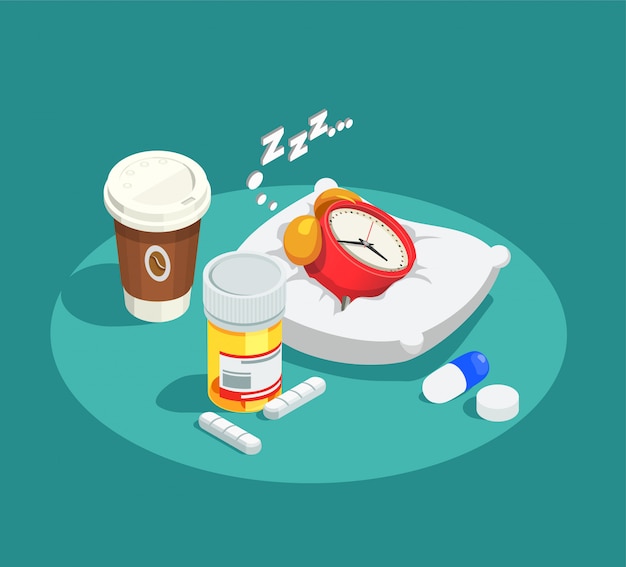Recovery isn’t just for athletes. Whether you’re managing a busy schedule, recovering from illness, or simply trying to feel more energized, recovery plays a crucial role in your overall health. One of the most accessible and effective ways to enhance recovery is by increasing your daily step count through short routines and simple habits—backed by science.
This beginner’s guide explores how small, consistent movements throughout the day can improve sleep quality, reduce fatigue, and support physical and mental recovery. You don’t need intense workouts or complicated equipment—just a willingness to take one step at a time.
Walking is one of the most natural and low-impact forms of physical activity. Research consistently shows that increasing daily steps—especially for sedentary individuals—can lead to significant improvements in cardiovascular health, mood, energy levels, and sleep quality.
A 2020 study published in the International Journal of Behavioral Nutrition and Physical Activity found that adults who increased their daily steps by just 1,000 experienced measurable improvements in sleep efficiency and reduced nighttime awakenings. Even more compelling: benefits were observed without any change in sleep duration, suggesting that movement improves sleep quality, not just quantity.

You don’t need to walk for hours. In fact, short bursts of movement—known as “movement snacks”—can be just as effective as longer walks, especially when building a new habit.
These routines require no special gear, planning, or time commitment—just intention.
Sustainability comes from integrating habits into your lifestyle. Here are practical, evidence-based strategies:

Physical activity helps regulate your body’s internal clock, or circadian rhythm. Daytime movement—especially in natural light—signals to your brain that it’s time to be alert, which makes it easier to fall asleep at night.
Additionally, walking reduces levels of cortisol, the stress hormone, and increases endorphins and serotonin—neurochemicals linked to improved mood and relaxation. This creates a physiological environment conducive to restful sleep.
A 2015 meta-analysis in Sleep Medicine Reviews concluded that regular moderate physical activity significantly improves sleep onset latency (time to fall asleep) and sleep efficiency, especially in adults with mild sleep issues.
To maximize recovery through walking and sleep, consider these science-backed strategies:
Begin with achievable goals. Here’s a sample plan:
| Day | Step Goal | Habit Focus |
|---|---|---|
| Monday | 2,000 | Track steps, take one 5-min walk |
| Wednesday | 2,300 | Add post-lunch stroll |
| Friday | 2,600 | Evening walk + sleep routine |
| Sunday | 3,000 | Reflect and plan next week |
Adjust based on your current baseline and comfort level. The goal is progress, not perfection.
Recovery is not a luxury—it’s a necessity. By increasing your daily step count through short routines and simple habits, you create a foundation for better sleep, improved mood, and enhanced physical recovery. The best part? It’s accessible to everyone, regardless of fitness level or schedule.
Start small, stay consistent, and let each step bring you closer to feeling your best.

Wellness

Wellness

Wellness

Wellness

Health

Wellness

Wellness

Wellness

Health

Wellness

Fitness

Wellness

Health

Fitness

Health

Health